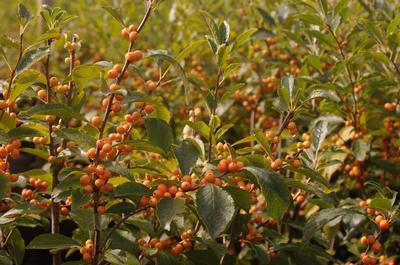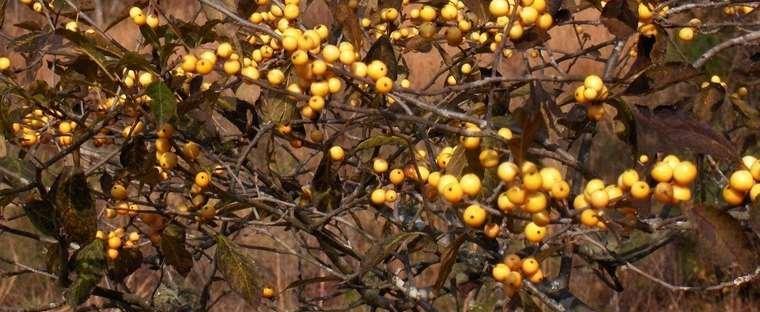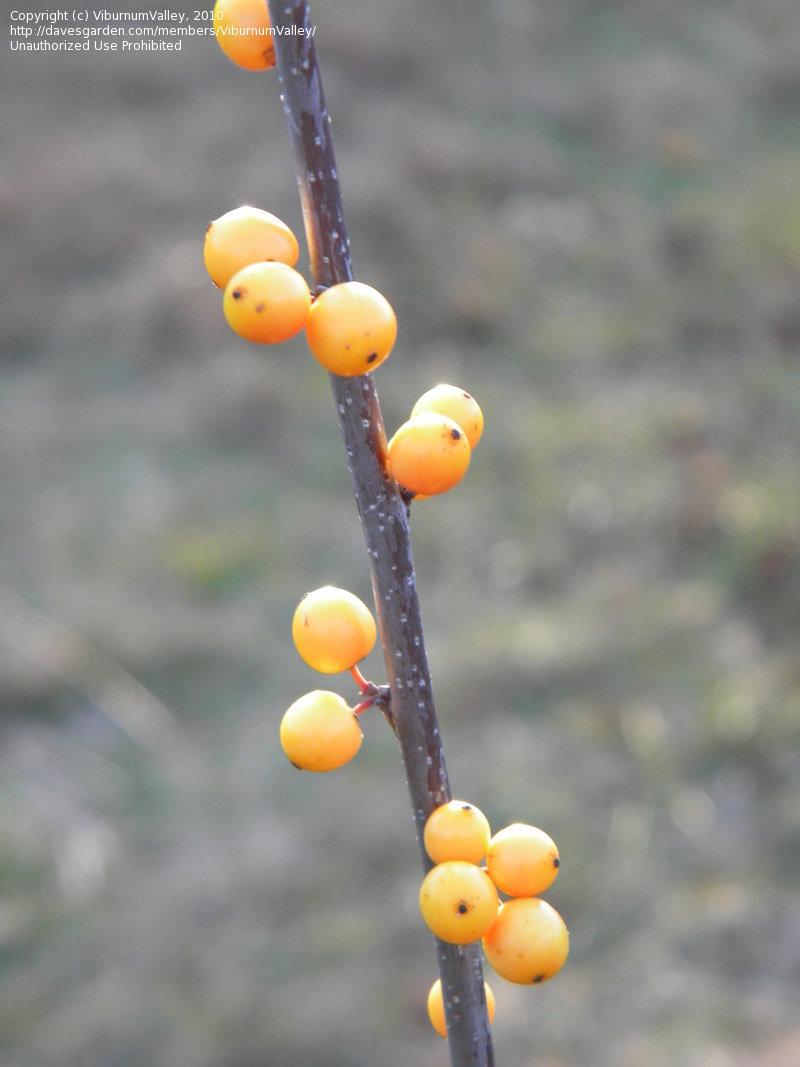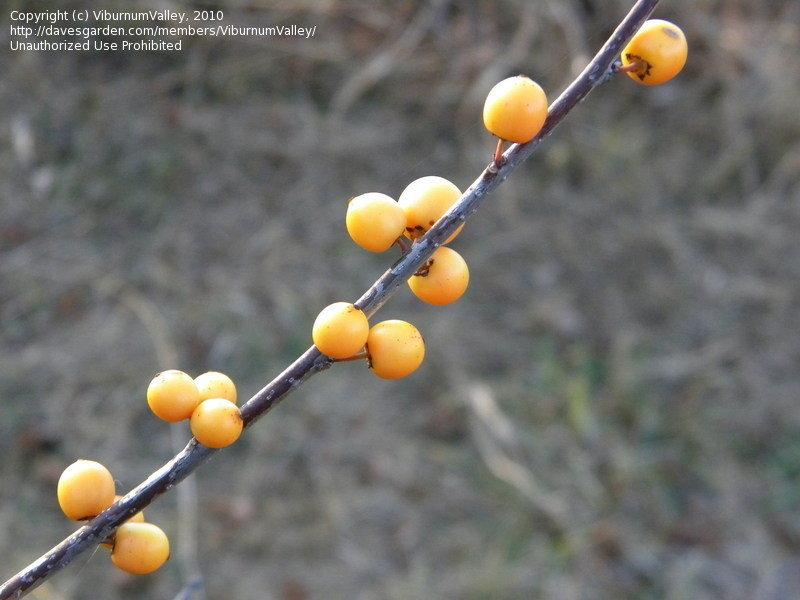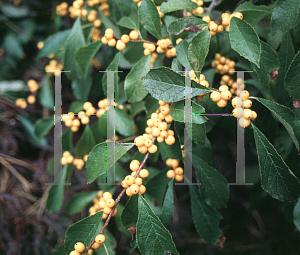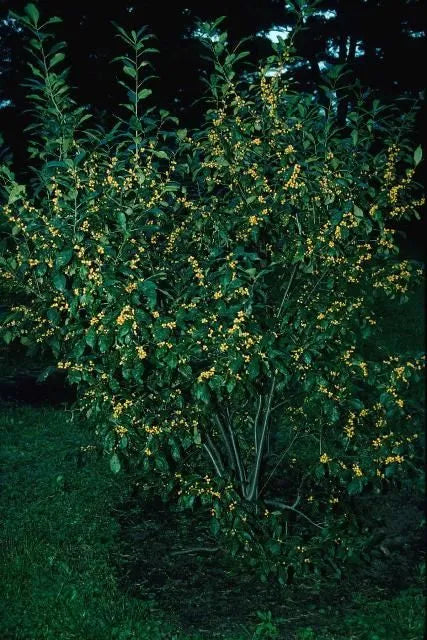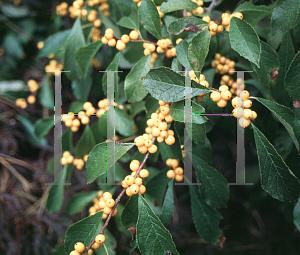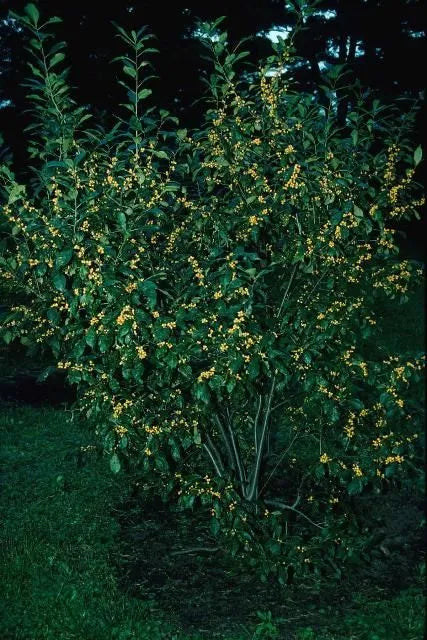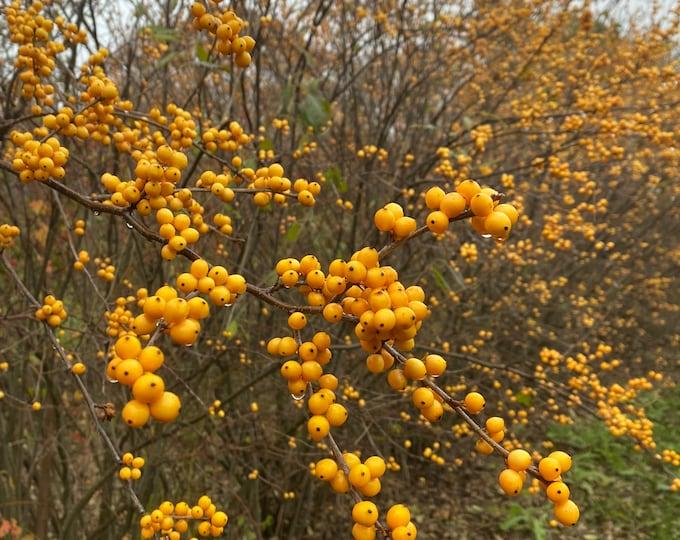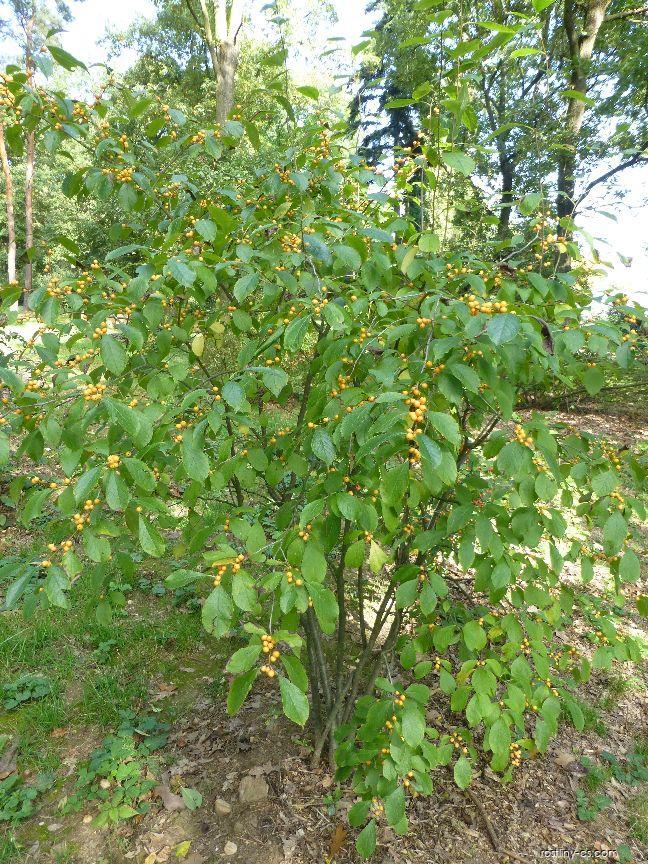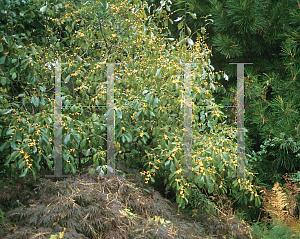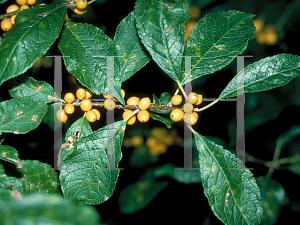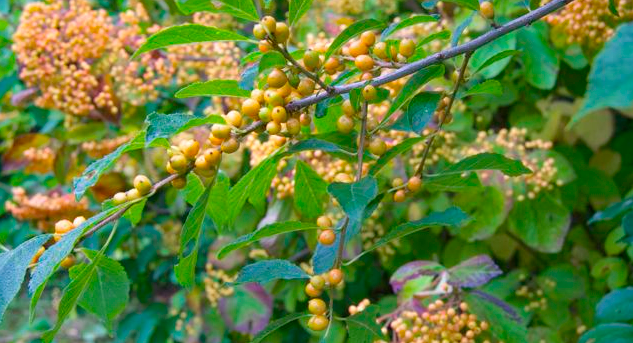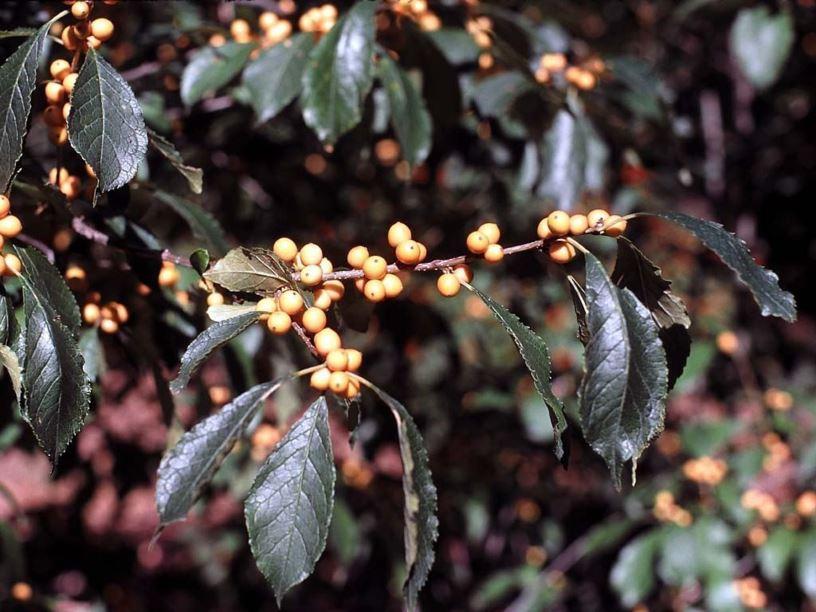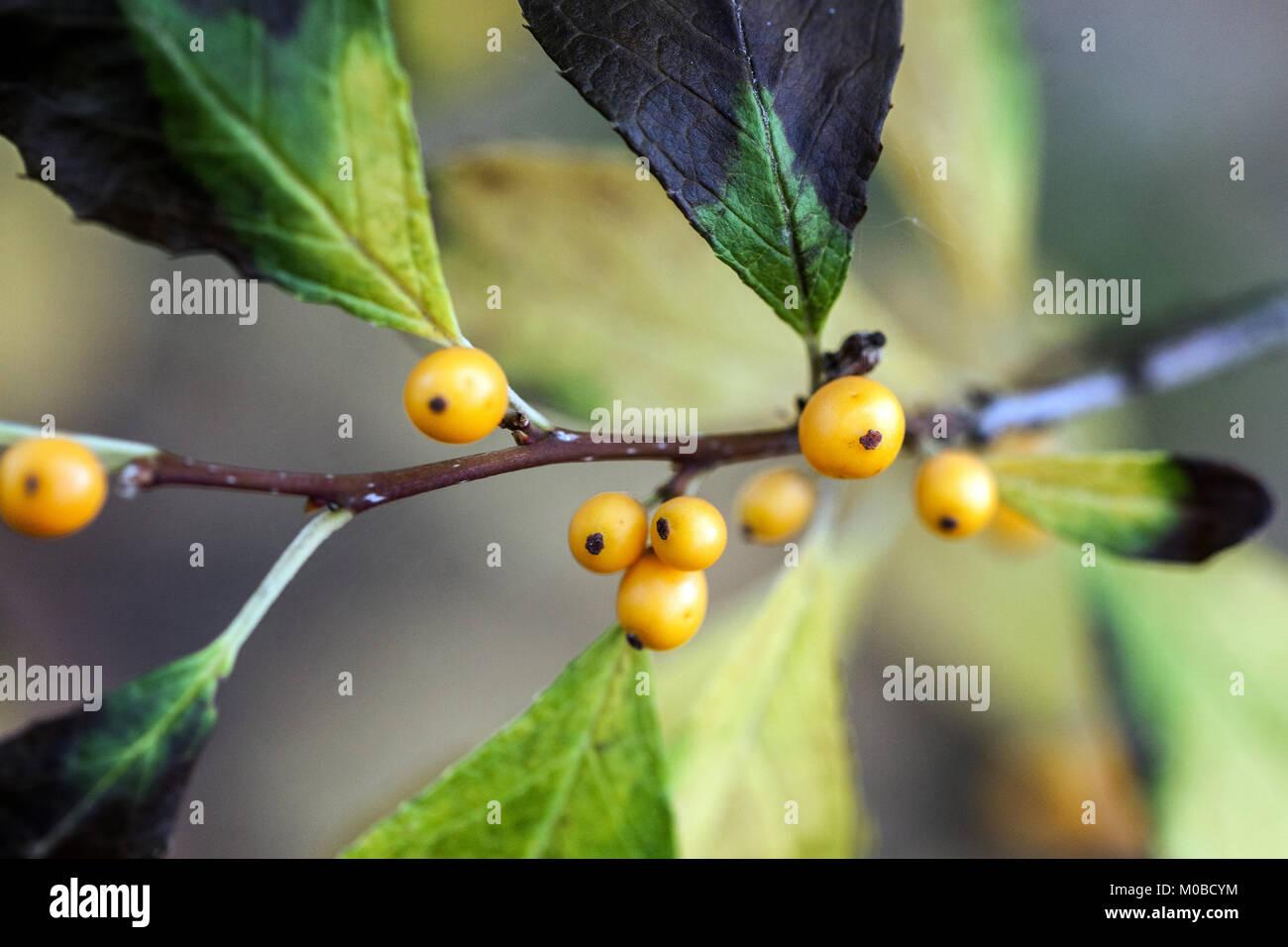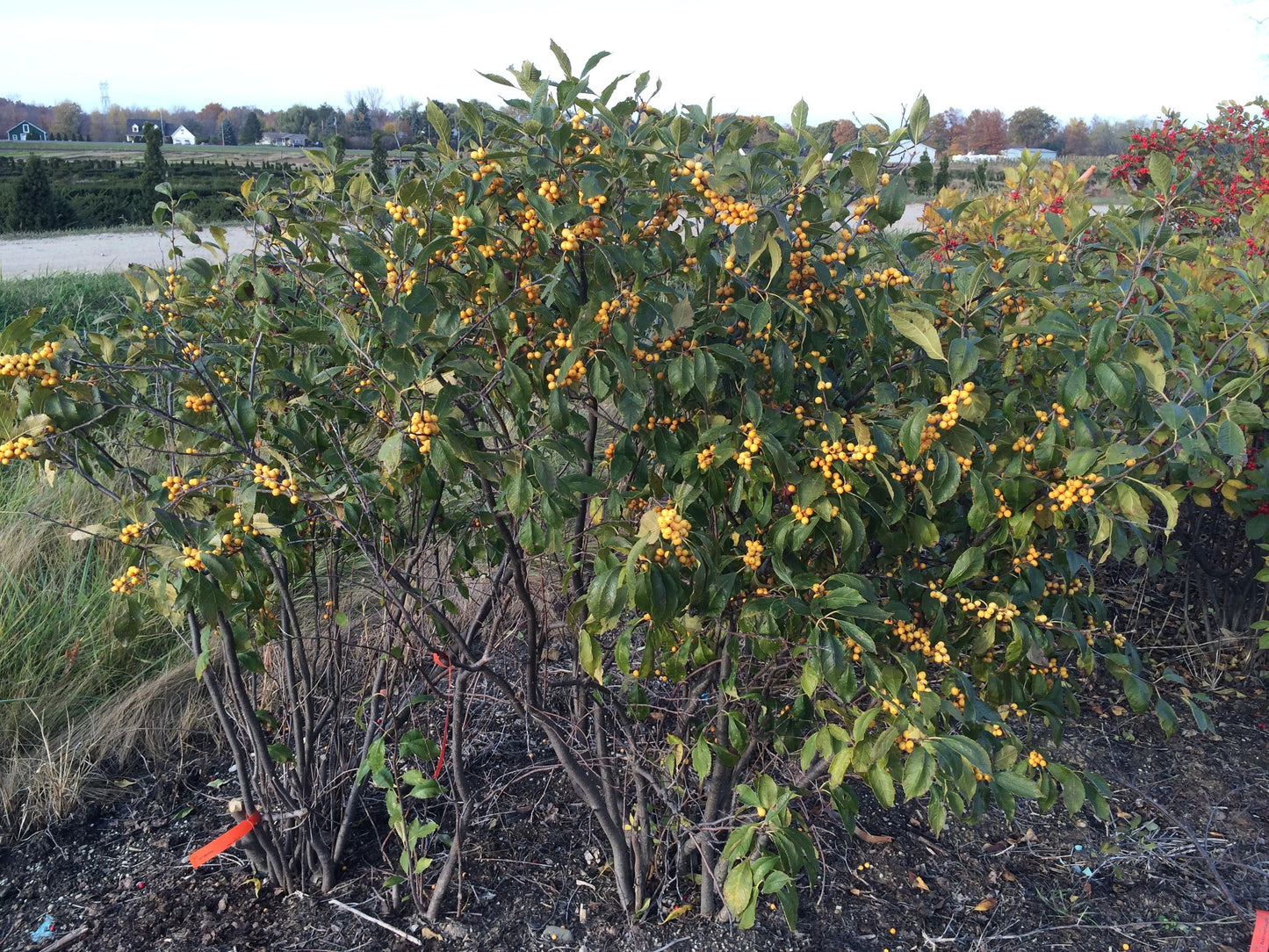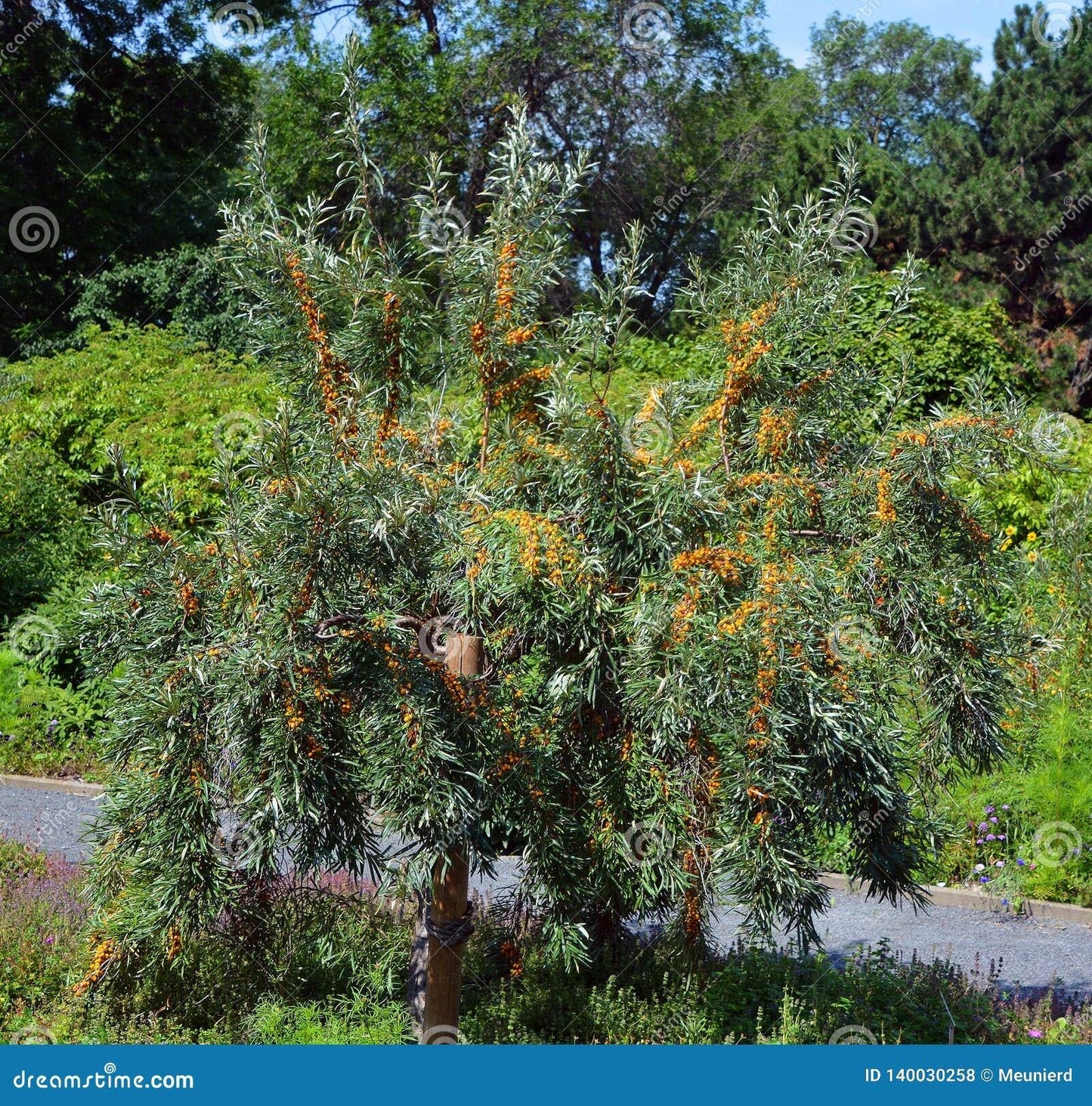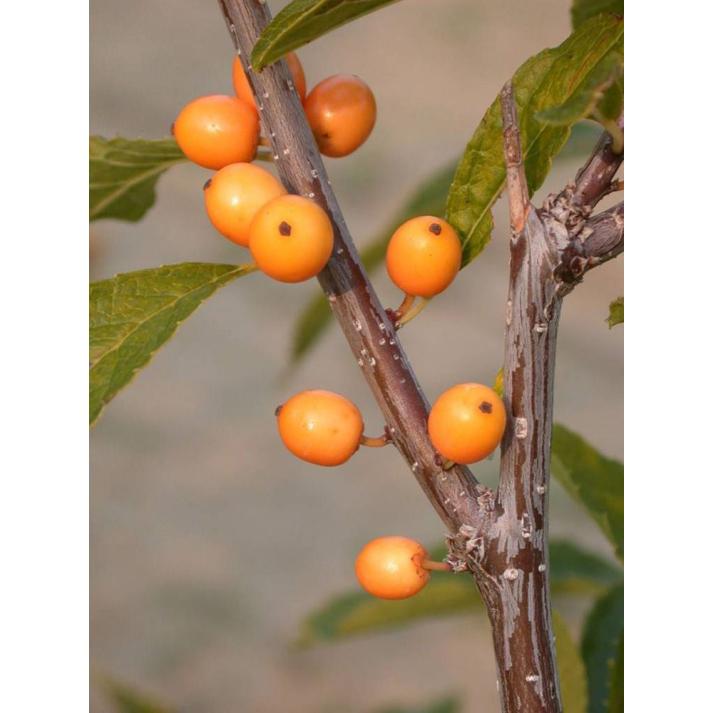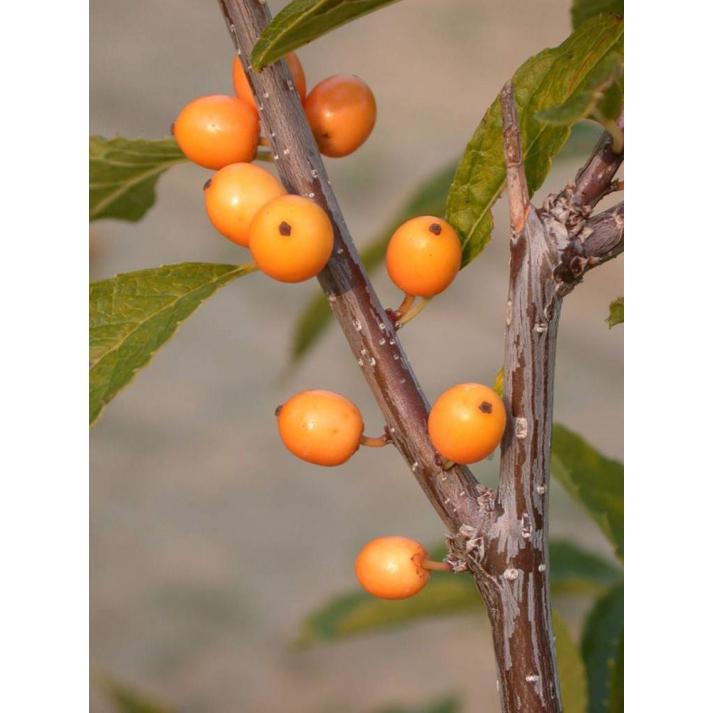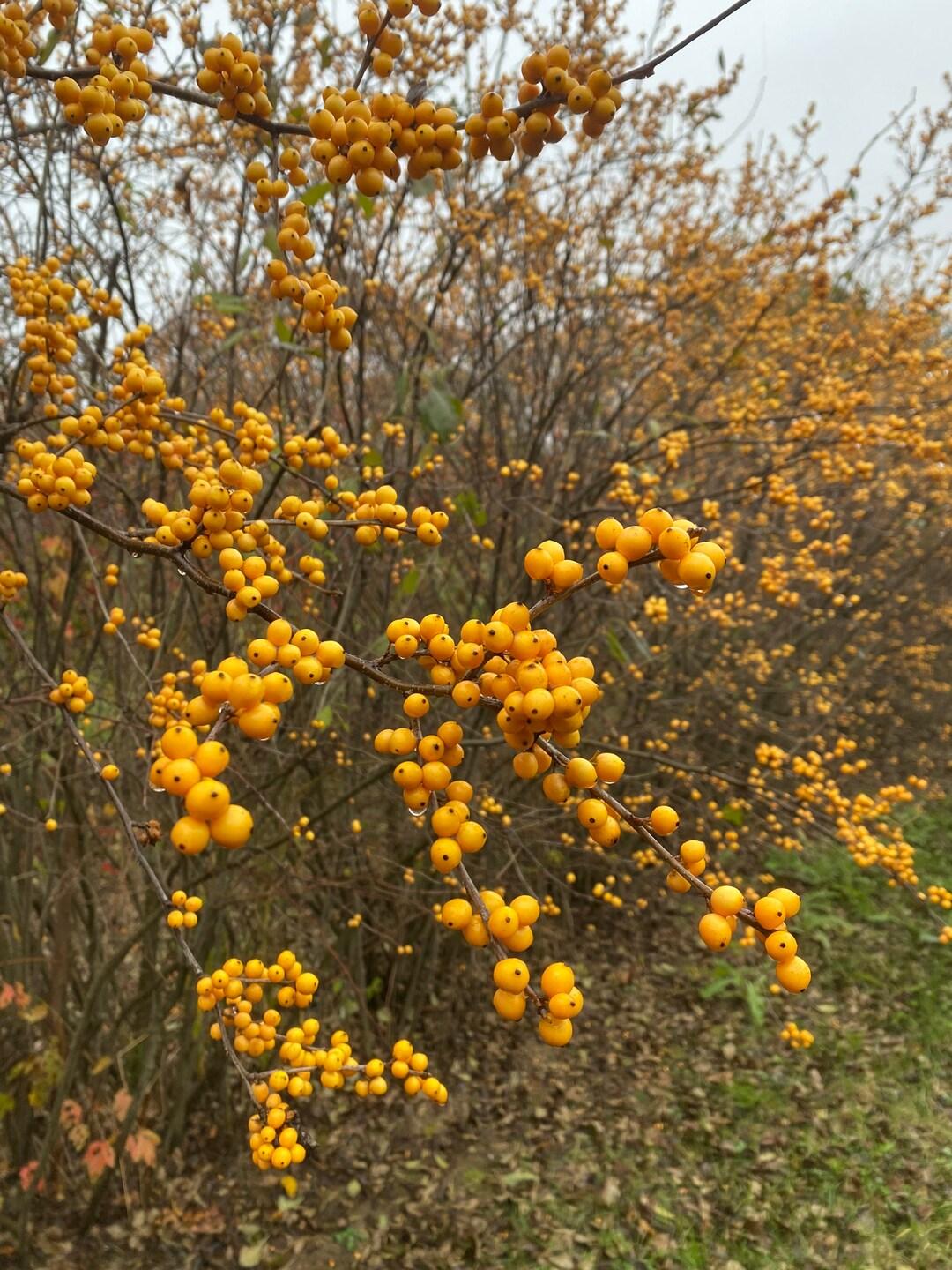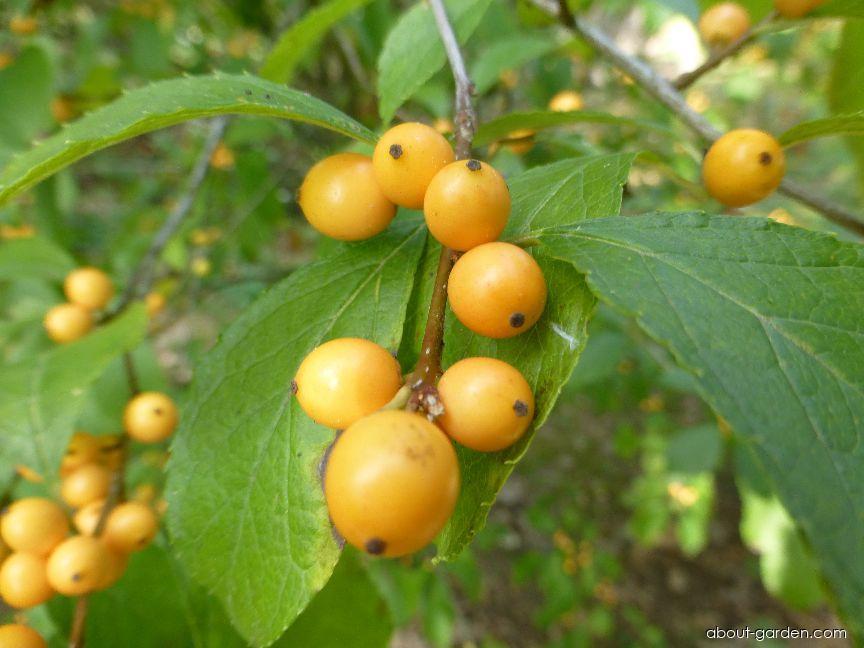1
/
of
23
Chrysocarpa Winterberry-Deciduous Shrub-Striking Yellow Berries for Gardens 3/4' h B&B
Chrysocarpa Winterberry-Deciduous Shrub-Striking Yellow Berries for Gardens 3/4' h B&B
Regular price
$800.00 USD
Regular price
$1,040.00 USD
Sale price
$800.00 USD
Unit price
/
per
Shipping calculated at checkout.
SKU:nsd4619-redcrocus
Couldn't load pickup availability
Ilex verticillata 'Chrysocarpa'
Description
Ilex verticillata 'Chrysocarpa', commonly known as Chrysocarpa Winterberry, is a deciduous shrub celebrated for its striking yellow berries that persist into winter, providing vibrant color and interest in the landscape when most other plants have gone dormant. This plant is native to North America and is often found in wetlands and along stream banks.
Suggested Uses
This plant is perfect for naturalizing in wetland areas, as a specimen plant in gardens, or as part of a mixed shrub border. Its bright berries are excellent for winter interest and are often used in holiday decorations.
Plant Details
-
 Botanical Name: Ilex verticillata 'Chrysocarpa'
Botanical Name: Ilex verticillata 'Chrysocarpa' -
 Common Name: Chrysocarpa Winterberry
Common Name: Chrysocarpa Winterberry -
 Size & Growth: 6-10 feet tall and wide
Size & Growth: 6-10 feet tall and wide -
 Hardiness Zones: 3-9
Hardiness Zones: 3-9 -
 Foliage Type: Deciduous
Foliage Type: Deciduous -
 Bloom Time: Late spring to early summer
Bloom Time: Late spring to early summer -
 Growth Rate: Moderate
Growth Rate: Moderate -
 Light Requirements: Full sun to partial shade
Light Requirements: Full sun to partial shade -
 Attracts Pollinators: Yes, especially bees
Attracts Pollinators: Yes, especially bees -
 Indoor Friendly: No
Indoor Friendly: No -
 Container Friendly: Yes, with proper care
Container Friendly: Yes, with proper care -
 Deer Resistant: Moderately
Deer Resistant: Moderately -
 Pet Warning: Berries can be toxic if ingested
Pet Warning: Berries can be toxic if ingested -
 Fragrant: No
Fragrant: No -
 Cut Flower: Yes, branches with berries are used in arrangements
Cut Flower: Yes, branches with berries are used in arrangements -
 Grows Well With: Other wetland plants like ferns and sedges
Grows Well With: Other wetland plants like ferns and sedges
Care Tips
-
 Planting Instructions: Plant in spring or fall in well-drained soil
Planting Instructions: Plant in spring or fall in well-drained soil -
 Soil Moisture: Prefers moist to wet soil
Soil Moisture: Prefers moist to wet soil -
 Soil Type: Acidic, loamy, or sandy soils
Soil Type: Acidic, loamy, or sandy soils -
 Humidity: Thrives in high humidity
Humidity: Thrives in high humidity -
 Pruning Instructions: Prune in late winter to early spring to shape and remove dead wood
Pruning Instructions: Prune in late winter to early spring to shape and remove dead wood -
 Winter Care: Mulch to protect roots in colder zones
Winter Care: Mulch to protect roots in colder zones -
 Planting Depth: Plant at the same depth as the nursery pot
Planting Depth: Plant at the same depth as the nursery pot -
 Fertilization: Fertilize in early spring with a balanced fertilizer
Fertilization: Fertilize in early spring with a balanced fertilizer -
 Special Care: Ensure male pollinator plants are nearby for berry production
Special Care: Ensure male pollinator plants are nearby for berry production
Share
